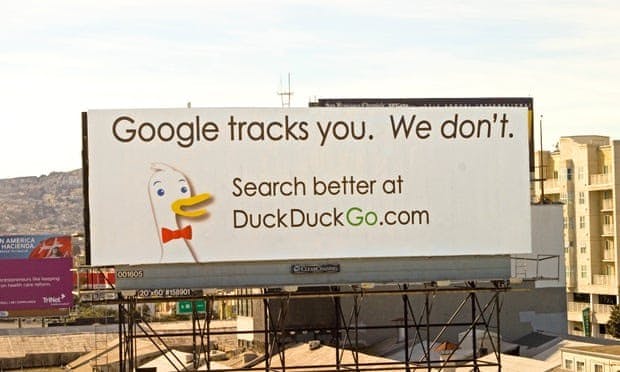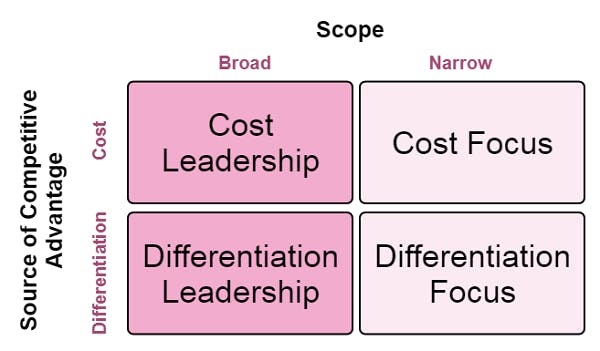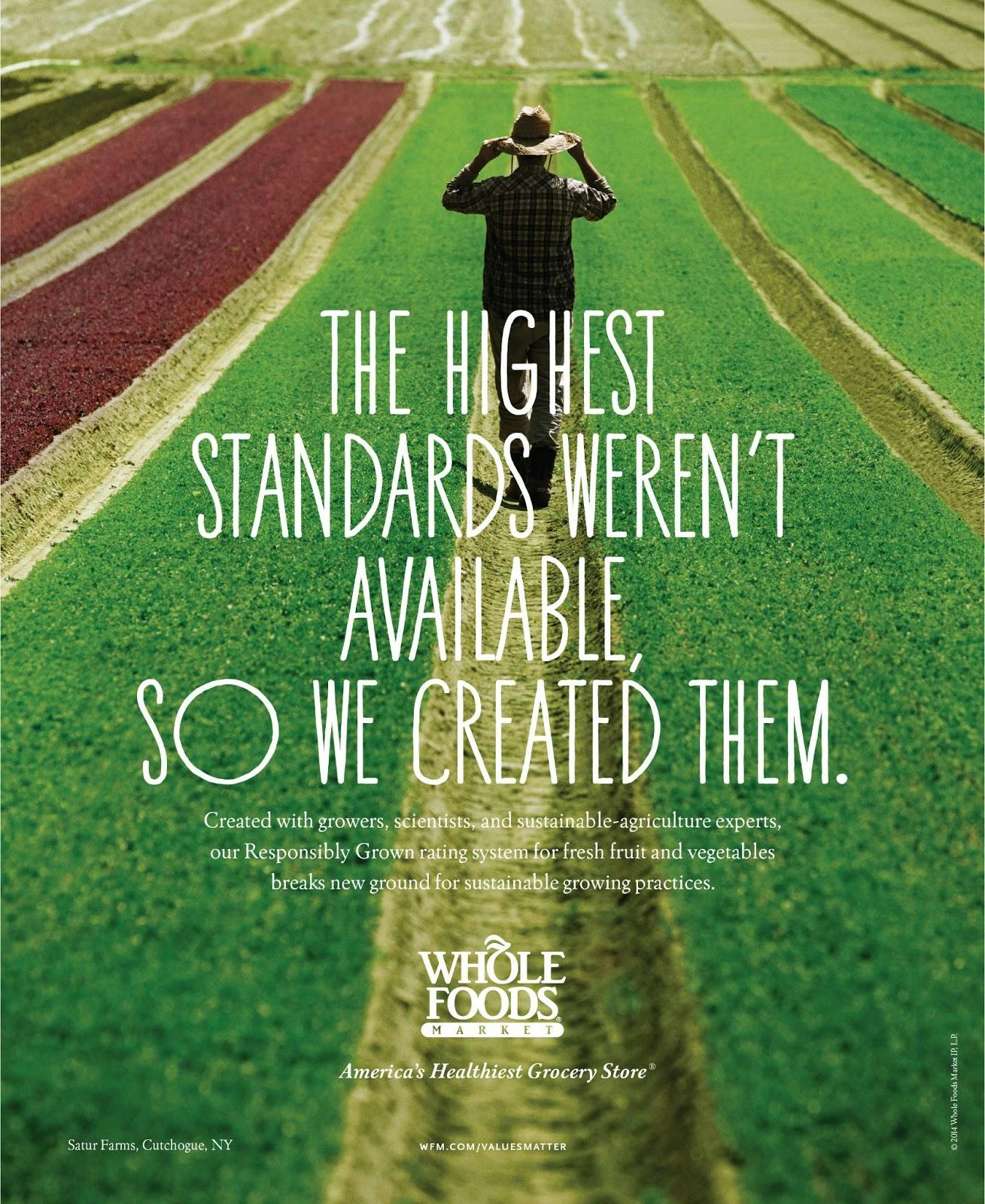Differentiation strategy: how-to, types and examples
Jun 21st, 2021

Contents
What is a differentiation strategy?
Types of differentiation strategies
How to create a differentiation strategy?
Examples of differentiation strategies
Every day we are surrounded by millions of products. We need to make hundreds of choices about what to buy, where to shop, and what brands to prefer. It is often difficult to make a purchasing decision as the number of brands is constantly increasing, and sometimes the features of various options are quite similar. In order to gain a competitive advantage, it is crucial to differentiate your business. The world-famous marketing strategist Jack Trout emphasizes the importance of unique positioning and marketing the product’s valuable qualities in his book “Differentiate or Die”. The book was originally published in 2000, so the idea of the importance of differentiating your business is not new. Still, most companies don't heed this advice and do not make sufficient efforts to distinguish themselves from the competition.
At the same time, the best brands are using the differentiation strategy to their advantage. DuckDuckGo is an excellent example of a company that sets itself apart from the competition. The search engine avoids the filter bubble by showing users the same search results, unlike the other search engines with personalized results. In contrast to the other companies, DuckDuckGo does not collect or share personal information with third parties. The platform positions itself as the alternative to Google and “the internet privacy company”, while Google is considered “the internet advertising company”. DuckDuckGo prevents search leakage and does not allow targeted advertising. During the year 2020, the number of daily searches in DuckDuckGo increased by 62% as many people are seeking privacy and prefer their search engine and complementary browser over Google.

Source: theguardian.com
What is a differentiation strategy?
Differentiation strategy is a type of marketing strategy aimed at distinguishing a product or service from similar products on the market offered by competitors. Differentiation strategy is developed by businesses to provide something unique and distinct from the other offerings to ensure a competitive edge. The businesses achieve the objective of a differentiation strategy by analyzing their strong and weak points against competitors, the value they provide, and the customer needs. The strategy focuses on the market research data to determine the market niche and customer expectations and analyze the competitors.
When developing the differentiation strategy, the company can list its unique product characteristics that competitors lack. Then the brand may present the idea that there are no suitable substitutes for the product in the target market or its particular niche. Moreover, a differentiation strategy helps build customer loyalty. So the consumers would be more likely to prefer your product over the competitors’ offering due to your effective positioning strategy.
Differentiation strategy brings a lot of advantages to businesses. Using the method, the company can compete in areas other than price. A brand can offer other distinctive features, such as quality, design, or status. If the products are differentiated according to quality, the company has more opportunities to increase profits as it can sell fewer high-quality products at higher prices.
Differentiation strategy approaches can be broken down into several types according to Porter’s concept of generic strategies. You can apply this idea to businesses of any size or form.
Types of differentiation strategies
Porter presents four main types of differentiation strategies. You can choose the most suitable one according to the specifics of your business, your target market, customer needs, and product characteristics. We will review each strategy type in detail below.
Porter’s generic strategies
The strategies developed by Michael Porter describe how the company achieves the competitive advantage in a chosen market scope. The company focuses on one type of competitive advantage, either via low prices or by distinguishing itself from the other companies through specific characteristics that are valuable for the customers. The company also chooses the area of focus, either providing the services to the selected market segments or focusing on the industry-wide scale.

Source: bizzlingo.com
Porter’s strategy targets the three main dimensions: cost leadership, differentiation, and focus. It is essential to pay attention to one direction to prevent the waste of the company’s resources. According to the cost leadership strategy, the company offers low prices targeting all industry segments. The differentiation strategy implies targeting customers in quality, service, or characteristics other than the price. If the company follows the focus strategy, it concentrates its efforts on one or several narrow market segments. The company either offers lower costs within the chosen segment or differentiates itself through product and service features.
Focused cost leadership strategy
A focused cost leadership strategy is based on price and targets the narrow market. When the company chooses a focused cost leadership strategy, it does not necessarily charge the lowest fees in the industry. The company charges lower prices relative to the competitors in the target market. The criteria of a narrow market are different for each company applying a focused cost leadership strategy. The chosen market segment can be defined by demographics or sales channels the company uses to reach customers.
Papa Murphy’s is a company that sells take-and-bake pizza. In contrast to other pizza shops offering delivery or sit-down service, Papa Murphy’s provides customers the opportunity to cook pizza at home. The company addresses the customer segment that cannot afford a prepared pizza, so low prices are also a huge competitive advantage.
There are three ways of how to apply a focused leadership strategy. The first way is to reduce costs and increase production scale. The company decreases costs by expanding the volume of materials. Scaling helps the company increase the orders of raw materials and suppliers, thus reducing the cost of ready-made goods.
The second way is to strive for lower direct and indirect costs. The company offers large volumes of standardized products by limiting personalization, reducing the number of options, and using standardized materials. The expenses are reduced in all business areas, including production, advertising, and distribution.
The third way to apply a focused cost leadership strategy is to reduce cost in the value chain by decreasing all overhead expenses, such as finance, marketing, information technologies, or general and administrative expenses. The company can achieve this by getting discounts for bulk orders, reducing the suppliers’ prices, etc.
Focused differentiation strategy
A focused differentiation strategy lies in offering unique product characteristics that fulfill the needs of the narrow target market. As in the case with a focused cost leadership strategy, the criteria for determining the narrow market can be either certain demographic groups or the particular sales channel, such as the Internet.
The focused differentiation strategy is appropriate when the target segment is not price-sensitive, the customers have specific requirements, and the company has the resources to uniquely satisfy these needs. The resources may include a talented team, unique technical expertise, innovative processes, or intellectual property.
Although many supermarkets and grocery stores offer organic products, Whole Foods Market specializes in selling such goods exclusively at premium prices. The customers do not mind paying more to receive high-quality natural products.

Source: businesswire.com
The successful implementation of the strategy is possible when the company achieves customer loyalty, which allows them to set premium prices for the product or service. The focused differentiation strategy does not work when the competitors can copy the unique features of the product. In some cases, the characteristics of the competitors’ products might be similar, but due to the effective positioning, the product is perceived as something unique.
Broad cost leadership strategy
The broad cost leadership strategy targets a whole market rather than a particular market segment. The company’s competitive advantage lies in minimizing expenses for production, material, R&D, which results in reducing the price below average and selling the products with acceptable quality and features. The strategy combines lower per-unit profit and a large volume of sales. Companies following a broad cost leadership strategy are more likely to reposition the existing products than to introduce the new products.
McDonald’s, the most famous brand in the fast-food industry, used a broad cost leadership strategy to achieve worldwide success. The company optimized the processes of cooking food for rapid delivery, created the division of labor to train newcomers, and minimized costs by building the facilities that produce the product ingredients. Thus, the fast-food company’s components of success include optimized human resources, decreased expenses for raw materials, and high asset utilization.
As the ability to be profitable by charging low prices is challenging, companies tend to pay attention to efficiency at every stage of the value chain, including production, sales, and customer service.
The major advantage of the broad cost leadership strategy is its outstanding positioning due to its emphasis on efficiency. Cost leaders create challenges for new companies planning to enter the market, as the entrants have to match or decrease the cost leader’s prices. Thus, the cost leader creates barriers to entry for the competitors. The drawback of the broad cost leadership strategy is the need for high sales volume. The companies reduce the cost of market research and advertising. This approach leads to lacking knowledge about market innovations and increased expenses in the long run.
Broad differentiation strategy
A broad differentiation strategy sets to build a brand or business that distinguishes itself from the competitors and focuses on a wide range of consumers. Companies that follow a broad differentiation strategy apply the “prestige for masses” approach. Examples of such companies are BMW and Apple. These brands focus on developing innovative products for the broad market. Consumers purchase their products at premium prices because of their unique characteristics - the driver’s experience for BMW or the elegant design and user experience for Apple.
Companies following the broad differentiation strategy should constantly improve the products or scale the production to achieve business success. The product benefits should be valuable enough compared to the price in order not to discourage the consumers from making the purchase.
How to create a differentiation strategy?
You need to follow several simple steps to create a differentiation strategy for your product or service.
Determine the differentiator
The first step is to understand what your key differentiators are. Start by reviewing your area of expertise. The narrower your expertise is, the easier it will be to demonstrate the advantages to your potential customers. You need to evaluate your strengths, weaknesses, reputation, and the area where your company succeeds. Looking at your brand’s story and the company’s history will also help determine the features that make you unique. You also need to examine the values of your brand.
Then you should focus on your product. Think about what makes it different: the production process, packaging, or materials. It is important to make sure your competitors cannot easily copy your differentiators. Such features as the brand’s story, special product characteristics, and values are entirely unique and hard to replicate.
Research the target audience
The following step helps ensure that your offerings meet the needs of the target audience. The research will also help you to find the best way to communicate your expertise to clients.
You can use surveys and interviews to collect information about the features of the product people are looking for. When you have determined the differentiators, you can monitor the potential customers’ responses to correct the strategy.
Write the value statement
Create a list of differentiators and choose five of the most important ones. The differentiators might include price, reputation, brand image, product, service, relationship, or distribution.
Then you will be able to develop the positioning statement by focusing on the most essential characteristics. The message should spotlight the value you provide to customers, the problems your product solves, the advantages it delivers, and the reason to choose your brand over the competitors.
Tell the story
Craft the story that sets you apart from the competition based on your mission, values, and vision. The story is one of the most effective ways to build customers’ loyalty and encourage the consumers to build a relationship with your brand.
The best channels to tell your story to the target customers are your website and social media platforms. If you are selling digital products, you can communicate the story through social media posts, Youtube videos, articles in specialized online and offline media. In the case of a physical product, you can run targeted advertising campaigns on TV or in the stores you're selling it. Some other ways you may consider to reach your audience are specialized events, workshops, and webinars.
Toms Shoes used storytelling to enter an extremely competitive industry with products similar in many respects, including quality, price, and style. The brand told the story of the founder Blake Mycoskie who was traveling in Argentina in 2006 and witnessed the hardships faced by children growing up without shoes. Since that time, the $625 million company managed to donate 50 million shoes to children in need, provided more than 250,000 weeks of safe water in six countries, and restored sight to over 360,000 people.
The American customer service software company Zendesk used another approach. Instead of telling the brand’s story, the SaaS provider created a video about Zendesk Alternative, a fictional indie rock band complaining about a software company that had stolen their name. The band admitted the need for services by Zendesk and made up a song about the importance of customer support.
Implement the strategy
The last step is to turn your plan into action. Implement the differentiation strategy and track the results. To ensure the system is working, you need to monitor the customers’ reactions and measure the outcomes with the help of predetermined metrics. Once the results are ready, you can review the strategy and make adjustments.
Examples of differentiation strategies
We will consider some vivid examples of the brands that managed to differentiate themselves from the other companies due to the unique features in a highly competitive environment.
Happy Socks
Happy Socks is a Swedish e-commerce company selling products in more than 90 countries. The brand started from a small company based in Stockholm and turned into a successful $100 million e-commerce business due to the great product differentiation and storytelling.

Source: happysocks.com
The differentiation strategy of the company focused on the unique features of the product. Happy Socks turned the everyday piece of clothing into a fashion trend. The company started to produce colorful socks with gorgeous designs and pack them into nice boxes. The people purchased the socks as gifts to their family and friends. The brand’s storytelling and the positioning statement “like Charlie in the Chocolate Factory but with socks instead of candy” contributed to the success of Happy Socks on the market.
Shopify
Shopify is a SaaS platform based in Canada that helps people build the business online. The main distinctive feature of the e-commerce company is outstanding customer service. Customer support is one of the most critical components of the successful SaaS business, and in the case of Shopify, it helps the company stand out from the competition. Shopify has 24/7 support, Help Center, and live chat. In addition, the customers can reach out to the company through social media channels and Twitter and receive immediate responses.
Zalando
Zalando is a German e-commerce company, Europe's biggest online retailer of clothing, shoes, and accessories. The company offers the products to customers in 17 countries. Zalando managed to distinguish itself from the thousands of competitors in the clothing industry due to the superb delivery and return services. The customers can return the goods within 100 days for free. In contrast to Zalando, the other fashion retailers usually offer a shorter period for return. Moreover, the company can collect the clothes the customers want to return from their own houses, which is very convenient.
Lush
Lush is a cosmetics retailer which operates in 49 countries. The company managed to succeed in a highly competitive cosmetics market. Lush built the differentiation strategy with a focus on quality, ethics, and social responsibility. The products by Lush are made from natural ingredients such as vegetables and fruits. The company’s values are not to test cosmetics on animals. The brand participates in various charity campaigns in the fields of animal welfare, environmental protection, and human rights.
